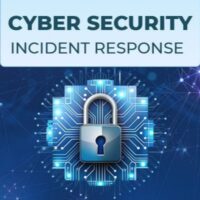Cybersecurity insurance is becoming an essential tool for businesses to protect themselves against these risks. This type of insurance provides coverage for various types of cyber incidents, including data breaches, ransomware attacks, business email compromise scams, and other forms of cybercrime.
The Growing Threat of Infostealer Malware
In the rapidly evolving landscape of cybersecurity, infostealer malware has emerged as a significant and growing threat to businesses worldwide. Recent incidents, such as the discovery of a publicly exposed database containing over 184 million unique logins and passwords, underscore the severity and scale of this problem. This article provides a comprehensive overview of infostealer malware, its impact, and actionable recommendations to mitigate this threat.
Building Resilient Businesses Through Efficiency and Innovation
While many companies instinctively turn to cost-cutting measures during economic downturns, adopting lean operations as an ongoing principle can deliver sustained competitive advantage. By streamlining processes, reducing redundancies, and leveraging technology thoughtfully, businesses can thrive in both good times and bad.
The Imperative of Cybersecurity Training: Building a Resilient Workforce
In this high-stakes environment, one of the most critical—and often overlooked—defenses is the human element. Employees are not just victims of cyberattacks; they are the first line of defense. This article explores why investing in cybersecurity training is not just beneficial but essential for fostering employee awareness, building resilience against evolving threats, and ensuring preparedness in the event of a breach.
Why Rapid Response is Critical for Cybersecurity Incidents
A cybersecurity incident is not just a technical problem; it’s a fast-moving crisis. The moment a breach is suspected or detected, an invisible clock starts ticking. Every second that passes without a coordinated, rapid response significantly escalates the risk and amplifies the potential damage. The urgency involved isn’t just a matter of best practice; it’s a fundamental necessity for mitigating harm.





